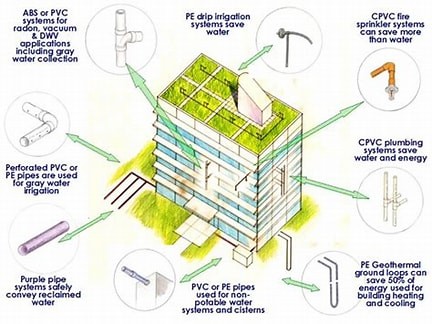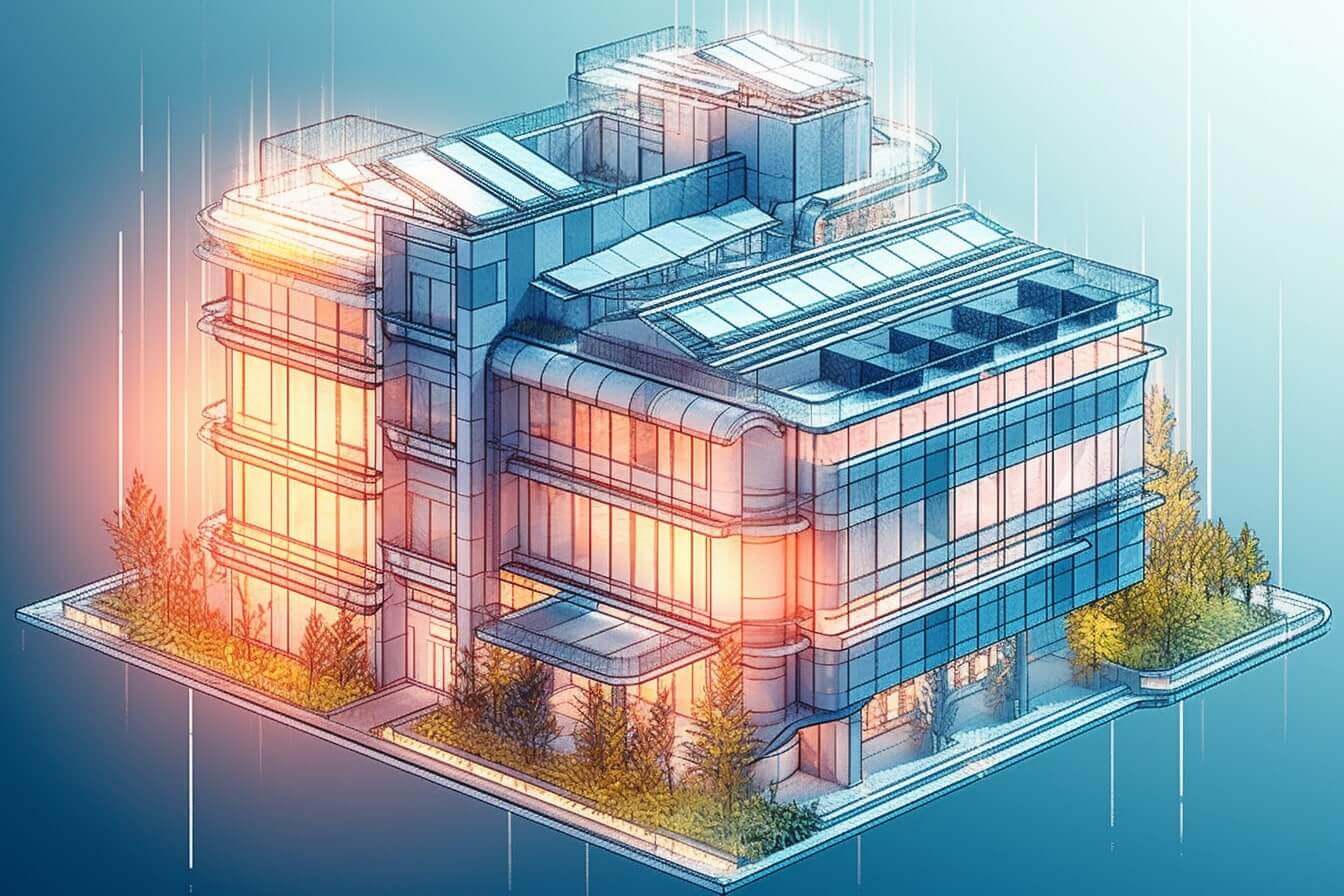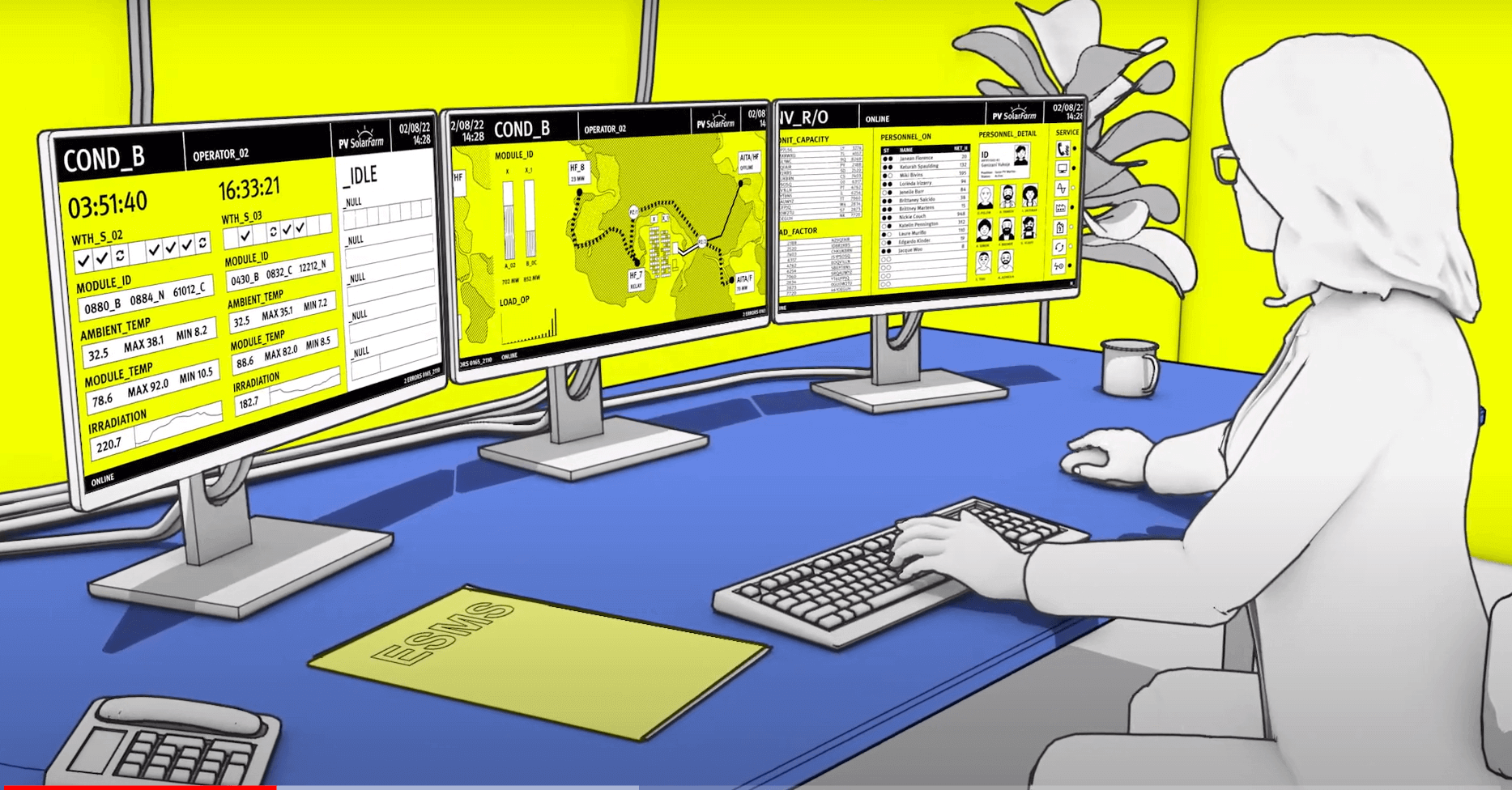
Sustainable Green Building certifications
Sustainable construction is a major global trend. As far as we know, buildings are responsible for 39% of global CO2 emissions. Sustainable building certifications are proof that buildings have been designed to reduce their footprint on the planet and increase the positive impact for people. The best known are LEED, BREEAM, EDGE and BOMA.
What is LEED?
Leadership in Energy and Environmental Design (LEED®) is an evaluation system and international standard developed by the “US Green Building Council” in the late 1990s in the United States to promote the development of buildings based on sustainable and highly efficient criteria.
LEED® is characterized by providing an evaluation of the sustainability of the building by assessing its impact in 5 main areas: sustainable location, water protection and efficiency, energy efficiency and renewable energy, conservation of materials and natural resources and quality of the indoor environment.
LEED® is a system that is flexible enough to be applied to any type of building, both in the tertiary and residential sectors.
Projects are scored against a set of standard credits and the sum of the points obtained determines the certification level: Certified, Silver, Gold, Platinum.
What is BREEAM?
Building Research Establishment Environmental Assessment Method (BREEAM®) is a sustainability assessment system for construction projects developed by the BRE (Building Research Establishment) in the early 1990s in the United Kingdom based on 9 categories as follows: management, health and well-being, energy, transport, materials, waste, water, land use and ecology, and pollution.
The results are translated into an overall score as follows: Pass, Good, Very Good, Excellent and Outstanding.
A particularity of the method is that in order to carry out the certification process, it is essential to use BRE-accredited advisors.
What is EDGE?
EDGE (“Excellence in Design for Greater Efficiencies”) is a free software, a green building standard, and an international green building certification system.
The evaluation system is based on a performance method in accordance with the philosophy of the Technical Building Code and the European Directives. The basis is the principles of bio-architecture and the construction of buildings that respect the environment, are compatible with the surroundings and offer high levels of comfort and quality of life for users.
The evaluation criteria are grouped into different thematic areas: site selection, site design and planning, quality of interior space, energy and atmosphere, quality of service, natural resources and socio-economic impact.
Each feature is broken down into parts, which are often tailored to a specific type of building, and each part has one or more requirements that determine specific parameters or metrics that must be met.”






